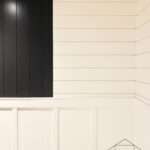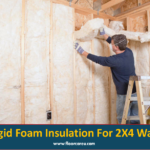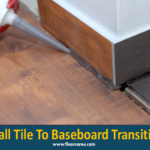T1 11 Instead Of Drywall: Plywood is the cheapest alternative to drywall, providing an inexpensive, easy-to-install, and durable option for wall panels. It warms up a space with its wood grain, which can be stained or painted to match any decor.
Finishing-grade plywood with maple or birch veneers is especially suitable for quick installation and can be covered with a thin wood trim instead of drywall compound and tape for joints. This makes it an excellent alternative for finishing interior walls.
Other options include wood paneling and T-111 siding, which provide different aesthetic choices and can be used in various applications, such as basements or garage interiors. These alternatives offer additional flexibility in style and functionality compared to traditional drywall.
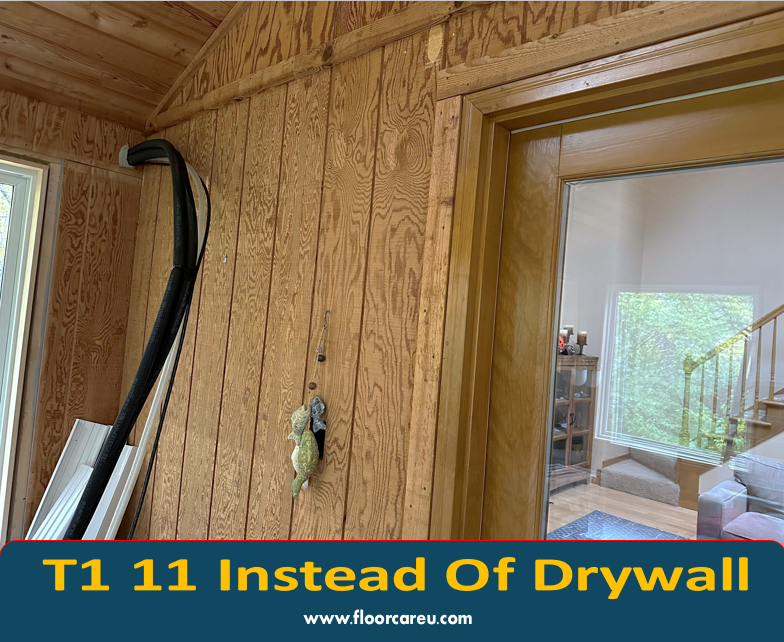
Benefits Of Wood Paneling
Wood paneling, such as T1-11, is a popular alternative to drywall due to its numerous benefits. Not only does it provide a durable and long-lasting solution for interior walls, but it also adds an aesthetically pleasing element to any space. Additionally, wood paneling is easy to install, making it a convenient choice for DIY enthusiasts. Let’s explore these benefits in more detail:
Durability And Longevity
One major advantage of wood paneling is its durability and longevity. Unlike drywall, which may crack or dent easily, T1-11 panels are made from high-quality wood materials that can withstand wear and tear over time. These panels are designed to resist rot, moisture, and pests, ensuring that your walls will last for years. Whether you have a busy household or are looking for a long-term solution, wood paneling is a reliable choice.
Aesthetically Pleasing
Wood paneling adds a timeless and natural charm to any room. The wood grain patterns create a warm and inviting atmosphere, making it a popular choice for both traditional and contemporary interior designs. You can choose from wood species like pine, cedar, or maple to match your desired style and decor. Furthermore, wood paneling can be stained or painted to complement your existing color scheme, giving you endless possibilities to personalize your space.
Easy Installation
Installing wood paneling is straightforward and hassle-free. Unlike the time-consuming methods required for drywall installation, T1-11 panels can be easily attached to your walls. Whether an experienced DIYer or a beginner, you can save time and effort by opting for wood paneling. The panels come in standard sizes, making them convenient to handle and fit into place. With proper measurements and basic tools, you can achieve professional-looking results quickly.
Types Of Wood Paneling
Traditional paneling is a classic choice that adds warmth and character to any space. It is available in various wood types, such as pine, cedar, and oak, offering different grain patterns and finishes to suit different design preferences. The timeless appeal of traditional wood paneling makes it a popular choice for both rustic and traditional interior designs.
Reclaimed wood paneling is an eco-friendly and unique option that brings a sense of history and authenticity to a space. This paneling is crafted from salvaged wood from old barns, factories, and other structures, resulting in a distinct look with rich patinas, weathered textures, and unique character. Using reclaimed wood paneling adds a touch of rustic charm and contributes to sustainable design practices.
Shiplap paneling is popular for its clean, modern, and versatile aesthetic. This type of paneling features overlapping wooden boards with distinctive rabbeted edges, creating a subtle groove between each plank. Often associated with coastal or farmhouse-style interiors, shiplap paneling offers a timeless appeal and can be installed horizontally or vertically to achieve different visual effects.
Wood Paneling Installation Process
Wood paneling can offer a stylish alternative to drywall when renovating or building a home, adding warmth and character to any space. The wood paneling installation process involves several key steps to ensure a successful outcome. From preparation to finishing touches, understanding the process can help you achieve a professional and polished result for your interior design project.
Preparation Steps
- Measure the area where the wood paneling will be installed
- Clean the wall surface thoroughly and ensure it is dry and free from dust
- Inspect the panels for defects and ensure they are acclimated to the room’s humidity
- Apply a suitable vapor barrier if needed
Installation Techniques
Start by applying adhesive to the back of the panels and attaching them to the wall surface. Use nails or screws to secure the panels in place, ensuring they are level and properly aligned. Pay attention to the pattern and grain of the wood for a uniform and visually appealing installation.
Finishing Touches
- Fill nail or screw indentations with wood putty
- Sand the panels to create a smooth and even surface
- Apply a stain or paint finish to enhance the natural beauty of the wood
- Seal the panels with a clear coat for protection and durability
Creative Wood Paneling Ideas
Wood paneling offers a versatile and rustic charm to any space, elevating your interior design with a touch of natural beauty. Explore these creative wood paneling ideas to transform your home with unique and stylish accents.
Accent Walls
Add character to your room with an accent wall featuring wood paneling. Consider using reclaimed wood for a weathered look or sleek, modern panels for a contemporary vibe. A wood accent wall can create a focal point that enhances the space’s overall aesthetic.
Ceiling Treatments
Incorporating wood paneling on the ceiling can take your design to new heights. Whether you install rustic beams for a cozy cottage feel or sleek planks for a minimalist finish, ceiling treatments with wood can add warmth and texture to any room.
Mixing Wood With Other Materials
Blend wood paneling with other materials such as metal, glass, or stone for a unique and dynamic look. Mix and match textures and finishes to create a visually appealing contrast that adds depth and interest to your interiors. Experiment with different combinations to find the perfect balance between rustic and modern elements.
Maintenance And Care
T1-11 siding is an excellent alternative to drywall for easy maintenance and care. Its durable wood composition offers a warm aesthetic that can be painted or stained to suit any decor, providing a long-lasting solution with minimal upkeep.
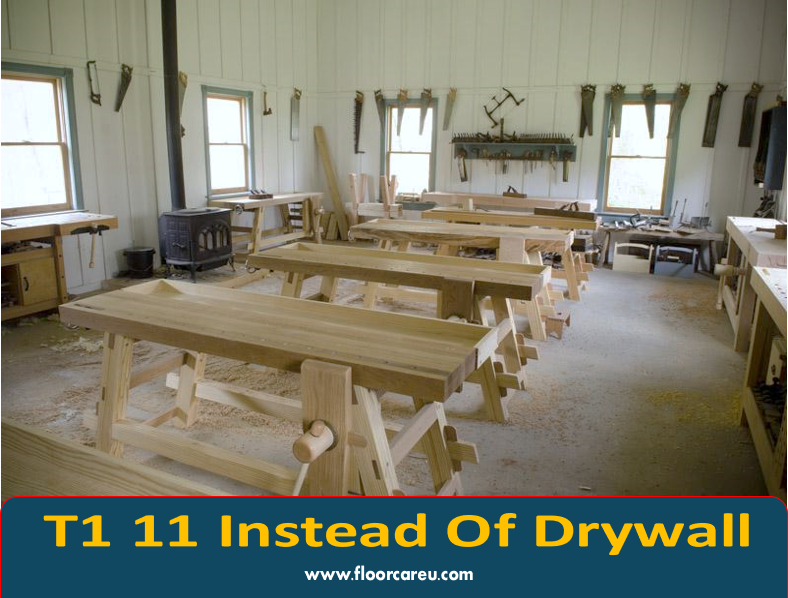
Frequently Asked Questions Of T1 11 Instead Of Drywall
What Is The Cheapest Alternative To Drywall?
The cheapest alternative to drywall is plywood. It’s easy to install, durable, and can be stained or painted to match any decor.
Can You Use Wood Instead Of Drywall?
Yes, finishing-grade plywood with maple or birch veneers can be a quick alternative to drywall for wall finishing. It provides warmth and can be stained or painted to match the decor.
Do You Need Plywood Under T1-11 Siding?
Plywood is needed under T1-11 siding for structural support and smooth installation.
Can You Use T1-11 Inside?
Yes, T1-11 can be used inside. This type of plywood siding can be installed on interior walls as an alternative to drywall. It is inexpensive, easy to install, and can add a rustic or textured look to the space.
Can I Use Wood Paneling As An Alternative To Drywall?
Yes, finishing-grade plywood with veneers is an excellent and quick alternative to drywall for wall finishing. It’s durable and can be stained or painted to match any decor.
What Are The Advantages Of Using Plywood Instead Of Drywall?
Plywood is inexpensive and easy to install. Its wood grain can warm up a space, and it can be stained or painted to coordinate with any decor.
Is T1-11 Siding A Cost-effective Alternative To Drywall?
T1-11 siding is a popular alternative to drywall due to its cost-effectiveness, ease of installation, and durability. It also adds a rustic charm to the interior.
Conclusion
T1-11 siding can be a great alternative to traditional drywall for wall finishing. It is inexpensive, easy to install, and offers a unique wood grain look that can enhance the aesthetics of any space. T1-11 can add warmth and character to your interior, whether stained or painted.
Consider this versatile option when looking for a cost-effective and durable alternative to drywall.
